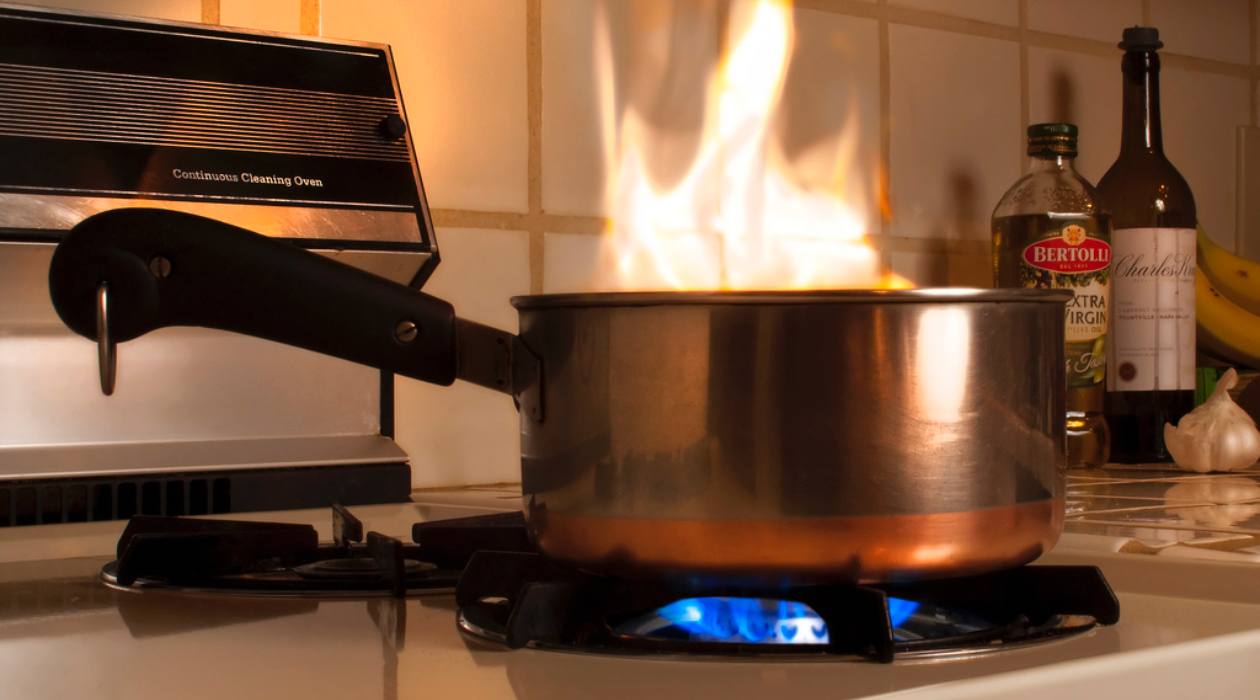

Articles
How To Put Out Stove Top Fire
Modified: January 31, 2024
Learn effective techniques and safety measures to quickly extinguish a stove top fire. Discover essential tips and advice in this informative articles.
(Many of the links in this article redirect to a specific reviewed product. Your purchase of these products through affiliate links helps to generate commission for Storables.com, at no extra cost. Learn more)
Introduction
A stove top fire can be a frightening and dangerous situation that can quickly escalate if not handled properly. Whether it’s a small grease fire or an electrical malfunction, knowing how to effectively put out a stove top fire is a critical skill that can save lives and prevent property damage.
In this article, we will discuss the steps you can take to safely and effectively extinguish a stove top fire. We will cover different methods to put out the fire, including using a fire extinguisher, smothering the fire, turning off the gas supply, and removing the oxygen source. Additionally, we will provide important safety precautions to follow and what to do after putting out the fire.
It is important to note that your safety is the highest priority in any fire situation. Always prioritize your well-being, and if the fire becomes too large or out of control, do not hesitate to evacuate the premises and call emergency services.
Now, let’s delve into the details and learn how to effectively put out a stove top fire.
Key Takeaways:
- Swift and decisive action is crucial in extinguishing stove top fires. Prioritize safety, use the appropriate method, and follow post-fire steps to ensure the well-being of yourself and others.
- Understanding the causes and risks of stove top fires is essential. Prioritize safety, follow safety precautions, and be prepared to effectively handle stove top fires.
Read more: How To Put Out A Grass Fire
Understanding Stove Top Fires
Before we discuss how to put out a stove top fire, it is essential to understand the causes and potential risks associated with these types of fires. Stove top fires can occur due to various reasons, including:
- Grease Fires: When cooking with oil or fatty substances, high heat can cause the oil to ignite. This type of fire can spread rapidly and is one of the most common causes of stove top fires.
- Electrical Malfunctions: Faulty wiring or a malfunctioning stove can lead to electrical fires. These fires can be dangerous as they are often hidden within the appliance.
- Combustible Materials: Placing flammable objects such as paper towels, food packaging, or oven mitts too close to a hot stove can lead to fires.
- Overheating: Leaving a pot or pan unattended on high heat can cause it to overheat and catch fire.
Stove top fires can quickly escalate if not addressed immediately. They can spread to nearby cabinets, curtains, or other flammable materials, endangering not only your kitchen but also the entire house.
To effectively put out a stove top fire, it is crucial to remain calm, act quickly, and follow the appropriate steps. In the following sections, we will outline various methods that you can employ to extinguish a stove top fire safely.
Safety Precautions
Before attempting to extinguish a stove top fire, it is crucial to prioritize your safety and follow the necessary precautions. Here are some important safety measures to keep in mind:
- Alert Others: If you notice a stove top fire, immediately alert everyone in the vicinity and ensure they evacuate to a safe location.
- Turn Off the Stove: If it is safe to do so, turn off the stove or any heat source. This will help prevent the fire from spreading.
- Avoid Water: Never use water to extinguish a grease fire. Water can cause the oil to splatter and spread the fire. Additionally, avoid using water on electrical fires, as it can conduct electricity and potentially cause harm.
- Avoid Movement: Avoid moving the burning pot or pan, as this can cause the fire to spread further. It’s best to leave the fire untouched until you can safely extinguish it.
- Protective Measures: Ensure you are wearing oven mitts or heat-resistant gloves to protect your hands while handling hot objects. This will prevent burns and injuries.
- Proper Ventilation: Open nearby windows or turn on the ventilation system to reduce smoke and improve air circulation.
- Use the Right Extinguisher: Familiarize yourself with different types of fire extinguishers and ensure you have the appropriate one for the fire at hand. For example, a grease fire requires a Class K extinguisher specifically designed for kitchen fires.
- Evacuation Plan: Develop and practice a fire evacuation plan with your household members to ensure everyone knows how to safely exit the premises in case of a major fire.
By following these safety precautions, you can minimize the risks associated with a stove top fire and ensure a safe environment for yourself and others.
Extinguishing a Stove Top Fire
When dealing with a stove top fire, it is crucial to take immediate and decisive action. The method you choose to extinguish the fire will depend on the type and severity of the fire. Here are several effective methods to consider:
Method 1: Using a Fire Extinguisher
A fire extinguisher is a handy and effective tool for extinguishing different types of fires. Follow these steps when using a fire extinguisher:
- Remember the acronym “PASS”: Pull the pin, Aim at the base of the fire, Squeeze the handle, and Sweep side to side while targeting the base of the fire.
- Stand at least 6 feet away from the fire and use the fire extinguisher to discharge the extinguishing agent.
- Aim for the base of the fire, not the flames. This will smother the fire’s source.
- Sweep the fire extinguisher from side to side while aiming at the base of the fire until it is fully extinguished.
- Continue to monitor the area to ensure the fire does not reignite.
Read more: How To Put Out A Chimney Fire
Method 2: Smothering the Fire
Smothering the fire is an effective method, especially for grease fires. Follow these steps to smother the fire:
- Wear oven mitts or heat-resistant gloves to protect your hands.
- Use a metal lid or a cookie sheet to cover the burning pan. This isolation cuts off the oxygen supply and extinguishes the fire.
- Switch off the heat source, but be careful not to accidentally touch any hot surfaces.
- Leave the lid or cookie sheet in place until the pan cools down completely.
Method 3: Turning off the Gas Supply
If you have a gas stove and the fire is caused by a gas leak or malfunction, follow these steps:
- Turn off the gas supply immediately. Locate the gas shut-off valve, usually located near the stove or in the gas line, and turn it off by rotating it counterclockwise.
- Leave the premises and call the gas company or emergency services to report the situation.
- Do not attempt to turn the gas back on until a professional has inspected and repaired the issue.
Method 4: Removing the Oxygen Source
If the fire is small and contained, removing the oxygen source can help extinguish it. Follow these steps:
- Identify a non-flammable object, such as a baking soda or salt, and quickly apply it to the base of the fire.
- Gently shake the baking soda or salt over the fire to smother it by cutting off the oxygen supply.
- Continue until the fire is fully extinguished.
Remember, the method you choose should be based on the size and nature of the fire. If the fire continues to spread or becomes unmanageable, evacuate immediately and call emergency services.
Method 1: Using a Fire Extinguisher
Using a fire extinguisher is an effective and efficient way to extinguish a stove top fire. Here are the steps to follow when using a fire extinguisher:
- Pull the Pin: Begin by pulling the pin located on the fire extinguisher’s handle. This pin is a safety mechanism that prevents accidental discharge.
- Aim at the Base: With the pin pulled, aim the nozzle of the fire extinguisher towards the base of the fire. It’s important to direct the extinguishing agent at the source of the fire to suppress it effectively.
- Squeeze the Handle: Once you have aimed the extinguisher properly, squeeze the handle firmly. This action releases the extinguishing agent in the form of a steady stream or spray.
- Sweep Side to Side: While squeezing the handle, use a sweeping motion from side to side. By doing so, you can cover a wider area and ensure that the entire base of the fire is covered with the extinguishing agent.
- Monitor the Area: After the fire appears to be extinguished, carefully observe the area for any signs of re-ignition. If there are any remaining hotspots, repeat the steps above to fully suppress the fire.
It’s crucial to familiarize yourself with the specific type of fire extinguisher you have and its appropriate use. Different types of extinguishers are designed to combat different classes of fires, such as Class A (ordinary combustibles), Class B (flammable liquids and gases), Class C (electrical fires), and Class K (kitchen fires).
Remember, fire extinguishers have limited capacity, so it’s important to ensure you have a fully functioning fire extinguisher and know how to use it before a fire incident occurs. Regularly check the pressure gauge to ensure the extinguisher is charged and ready for use.
If the fire becomes too large to handle with a fire extinguisher or if you are unsure of how to use it, prioritize your safety and evacuate the premises immediately. Call emergency services to report the fire and let trained professionals handle the situation.
Read more: How To Put Out Fire In Fireplace
Method 2: Smothering the Fire
Smothering the fire is an effective method, especially for small grease fires on a stove top. Here’s how you can safely smother a fire:
- Put Safety First: Before attempting to smother the fire, ensure you prioritize your safety. Use heat-resistant gloves or oven mitts to protect your hands from burns.
- Assess the Situation: Quickly evaluate the fire and determine if it is safe for you to attempt smothering it. If the fire is spreading rapidly or out of control, evacuate the area immediately and call emergency services.
- Use a Metal Lid or Cookie Sheet: Grab a metal lid or a flat cookie sheet that is larger than the burning pan. With your protective gloves on, carefully place the lid or sheet over the pan, covering it completely. This will help smother the fire by cutting off its oxygen supply.
- Turn Off the Heat Source: If it is safe to do so, turn off the stove or heat source that is fueling the fire. This step will help prevent the fire from reigniting or spreading further.
- Leave the Lid in Place: Once the fire is smothered, leave the lid or cookie sheet in place until the pan cools down completely. Do not attempt to remove the lid immediately, as the pan may still be hot and may reignite if it is exposed to oxygen.
Smothering the fire with a metal lid or cookie sheet prevents oxygen from reaching the fire, gradually extinguishing it. Avoid using glass lids, as they may shatter due to the extreme heat.
Remember, never use water to extinguish a grease fire, as it can cause the hot grease to splatter, spreading the fire and potentially causing injuries. Water should only be used on non-grease fires or if specifically recommended for the type of fire extinguisher you have.
If the fire continues to burn even after attempting to smother it, evacuate the area immediately and call emergency services for assistance. It’s always better to prioritize your safety and let professionals handle more significant fire incidents.
Method 3: Turning off the Gas Supply
If you have a gas stove and encounter a stove top fire caused by a gas leak or malfunction, it’s crucial to act swiftly and turn off the gas supply. Here’s how:
- Assess the Situation: Before attempting to turn off the gas supply, evaluate the fire and ensure it is safe to do so. If the fire is too large or spreading rapidly, prioritize your safety and evacuate the area immediately while calling emergency services.
- Locate the Gas Shut-Off Valve: Familiarize yourself with the gas shut-off valve locations in your home. Typically, the shut-off valve will be located near the stove or along the gas line.
- Rotate the Valve: Once you’ve located the gas shut-off valve, use caution and turn it off by rotating it in a clockwise direction. This will cut off the gas supply to the stove, preventing the fire from being fueled any further.
- Leave the Premises and Seek Assistance: After turning off the gas supply, it’s important to evacuate the premises and call your gas company or emergency services to report the situation. They will provide guidance and assistance in dealing with the gas-related fire.
- Wait for Professional Help: Do not attempt to turn the gas supply back on yourself. Wait for a qualified technician from the gas company or a professional fire inspector to inspect and repair the gas line before resuming regular stove operations.
Turning off the gas supply is a crucial step in preventing the fire from worsening, especially in the case of gas-related fires. By cutting off the gas flow, you remove one of the essential elements needed for combustion.
Remember, always prioritize your safety. If the situation becomes too dangerous or you are unsure about the gas supply, evacuate the area immediately and let professionals handle the situation. Fire incidents involving gas can be extremely hazardous and require expert attention.
If a stove top fire occurs, turn off the burner and cover the flames with a metal lid or baking sheet. Never use water, flour, or towels to try to put out the fire as they can make it worse. If the fire is out of control, evacuate and call 911.
Method 4: Removing the Oxygen Source
Another effective method to extinguish a small stove top fire is by removing its oxygen source. Here’s how you can accomplish this:
- Assess the Situation: Before attempting to remove the oxygen source, evaluate the fire to ensure that it is safe to do so. If the fire is growing rapidly or out of control, prioritize your safety and evacuate the area immediately while calling emergency services.
- Keep a Safe Distance: Maintain a safe distance from the fire to avoid getting burned. Use caution and protective gloves, such as oven mitts, to protect your hands.
- Identify a Non-Flammable Object: Look for a non-flammable material that you can use to smother the fire and cut off its oxygen supply. Baking soda, salt, or a fire blanket are common options.
- Apply the Non-Flammable Material: Sprinkle or gently pour the baking soda, salt, or use a fire blanket over the base of the fire. This will smother the flames and reduce their ability to access oxygen, effectively extinguishing the fire.
- Monitor the Area: After applying the non-flammable material, carefully observe the area to ensure that the fire has been fully suppressed. If needed, continue to apply the material until the fire is completely extinguished.
When using baking soda or salt, it’s important to remember that they may only be effective for small fires. For larger or escalating fires, it is best to evacuate the area and call emergency services for professional assistance.
This method is particularly useful when dealing with small, contained fires. Removing the oxygen source can quickly and effectively extinguish the fire, preventing it from spreading or causing further damage.
Remember, always prioritize your safety and the safety of others. If the fire becomes too large or unmanageable, evacuate the area immediately and call emergency services for assistance.
After Putting Out the Fire
Once you have successfully extinguished a stove top fire, there are a few important steps to take to ensure the safety and well-being of everyone involved and prevent any further risks. Here’s what you should do after putting out the fire:
- Assess the Area: Carefully inspect the surrounding area to ensure that there are no remaining hotspots or smoldering materials. Use caution as some surfaces may still be hot.
- Allow for Ventilation: Open windows and doors or turn on exhaust fans to help dissipate smoke and improve air circulation in the area. This will help remove any residual smoke and prevent it from spreading throughout the house.
- Monitor for Re-ignition: Keep a close eye on the fire’s original location to ensure that there are no signs of re-ignition or smoldering. If you notice any lingering flames or smoke, follow the appropriate steps to extinguish it once again if it is safe to do so.
- Clean and Repair: Assess the stove and surrounding area for any damage caused by the fire. Clean up any residual debris or extinguishing agents that may have been used. If needed, make any necessary repairs or seek professional assistance to ensure the safe operation of the stove.
- Learn from the Incident: Take the opportunity to reflect on the incident and identify any lessons learned. Consider what could have been done differently to prevent the fire and how you can make improvements for future fire safety.
- Review Fire Safety Measures: Use this experience as a reminder to review and update your fire safety measures. Check your smoke detectors to ensure they are functioning correctly and have fresh batteries. Review your evacuation plan with your household members to ensure everyone knows what to do in the event of a fire.
It’s important to prioritize your safety and the safety of those around you at all times. If the fire was significant, caused extensive damage, or you are uncertain about the condition of your stove, it is recommended to contact a professional for further inspection and assistance.
By following these post-fire steps and maintaining proper fire safety measures, you can help prevent future fire incidents and ensure the well-being of yourself and your household.
Read more: How To Put Out Charcoal Grill Fire
Conclusion
Knowing how to effectively put out a stove top fire is a crucial skill that can protect lives and property. The methods discussed in this article, such as using a fire extinguisher, smothering the fire, turning off the gas supply, and removing the oxygen source, provide practical solutions to extinguish different types of stove top fires.
However, it’s important to remember that safety should always be the top priority. Before attempting to put out a fire, assess the situation and ensure it is safe to do so. If the fire is spreading rapidly or becoming uncontrollable, evacuate the area and call emergency services immediately.
By following the safety precautions outlined in this article and taking swift and decisive action, you can effectively handle stove top fires and minimize the potential risks. Remember to familiarize yourself with the appropriate use of fire extinguishers, know the location of the gas shut-off valve if you have a gas stove, and always prioritize your personal safety.
After extinguishing a stove top fire, take the necessary steps to ensure everyone’s well-being, including assessing the area for re-ignition, ventilating the space, cleaning up any debris, and reviewing your fire safety measures to prevent future incidents.
Remember, fire prevention is key. Properly maintain your stove, avoid leaving cooking unattended, and keep flammable materials away from heat sources. Stay vigilant and prepared, and regularly review and update your fire safety measures to ensure the safety of yourself, your loved ones, and your home.
By being knowledgeable and prepared, you can effectively handle stove top fires and promote a safer living environment for everyone.
Frequently Asked Questions about How To Put Out Stove Top Fire
Was this page helpful?
At Storables.com, we guarantee accurate and reliable information. Our content, validated by Expert Board Contributors, is crafted following stringent Editorial Policies. We're committed to providing you with well-researched, expert-backed insights for all your informational needs.
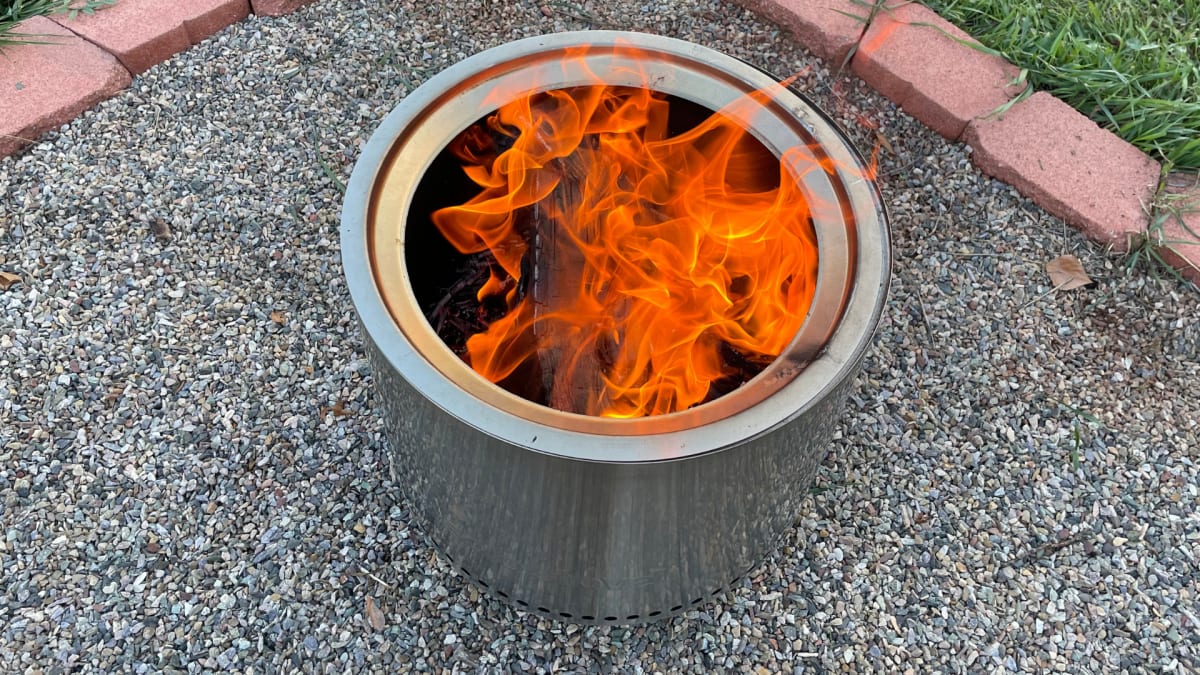
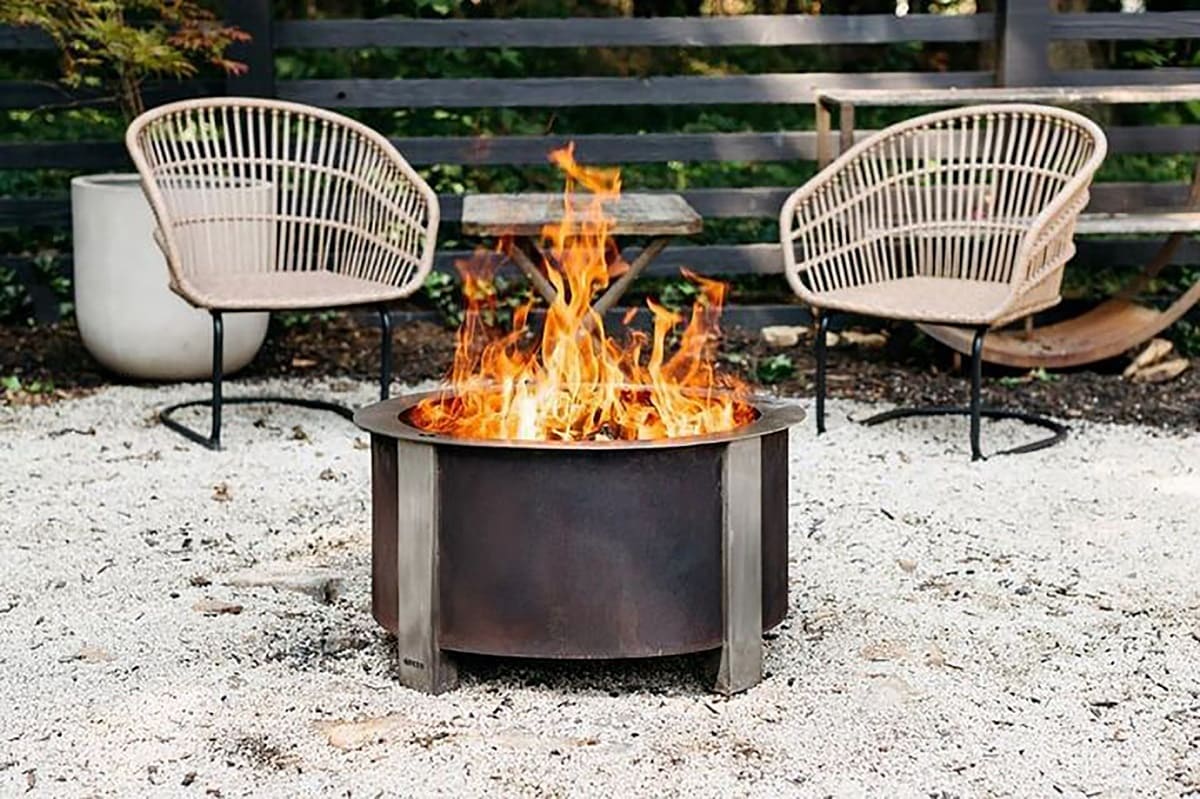

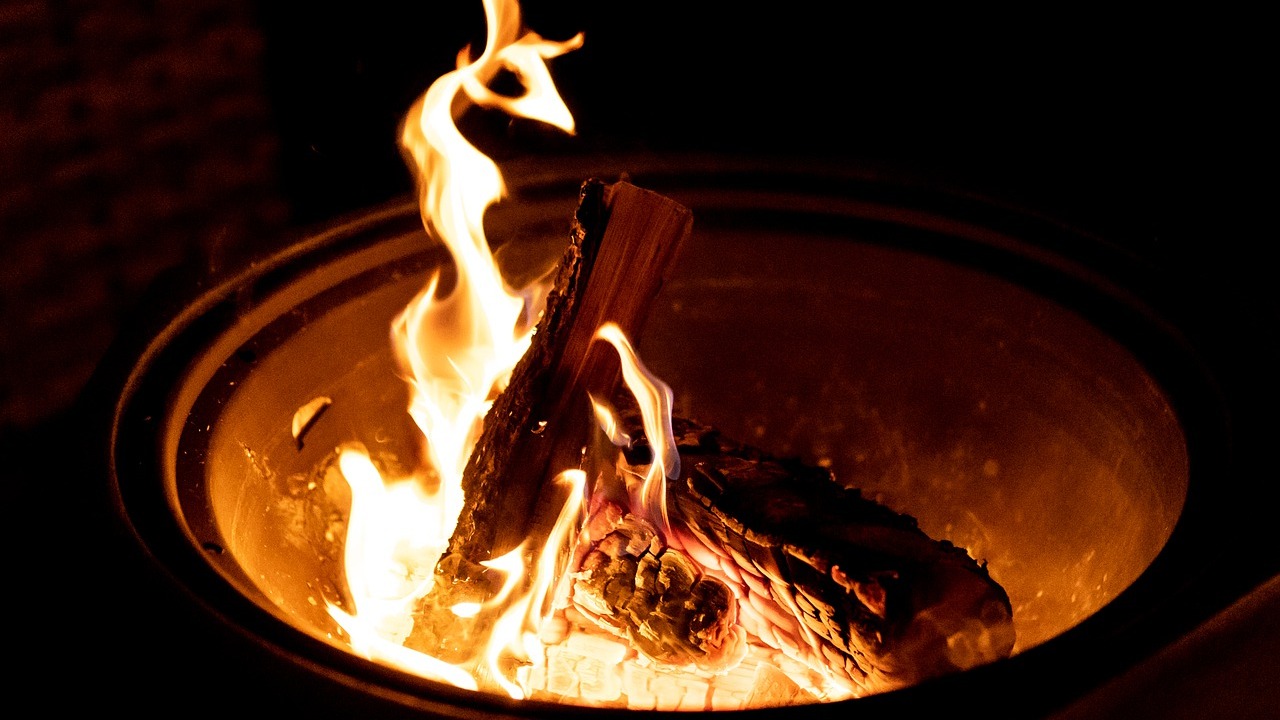
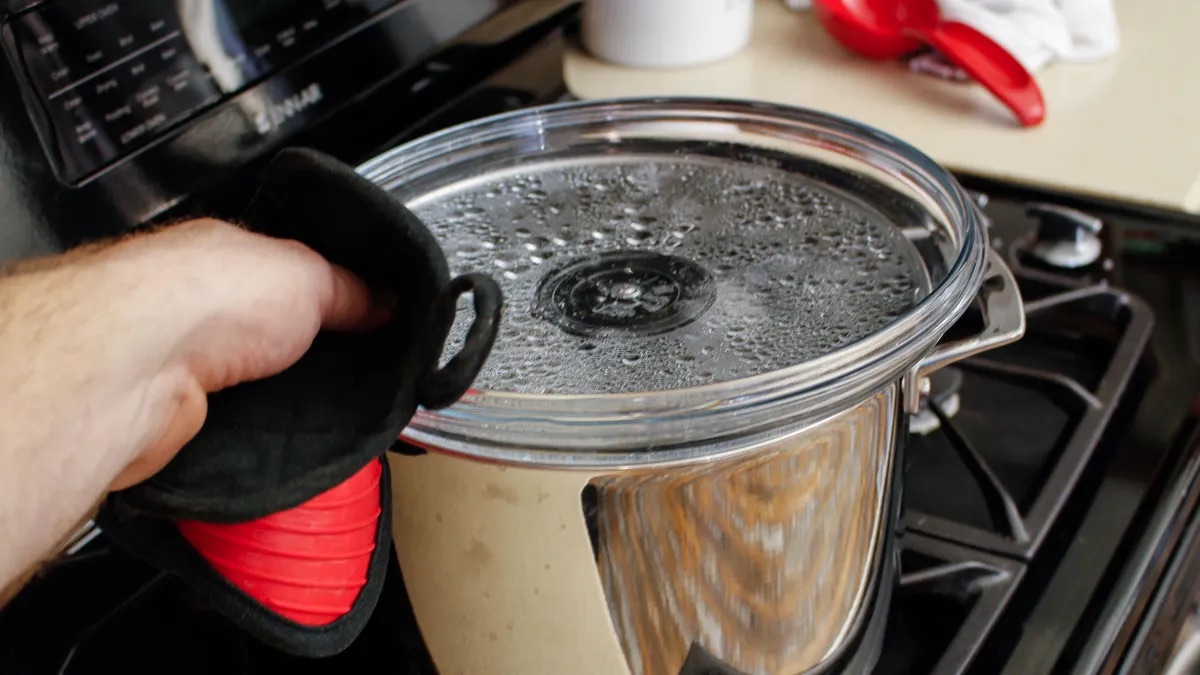
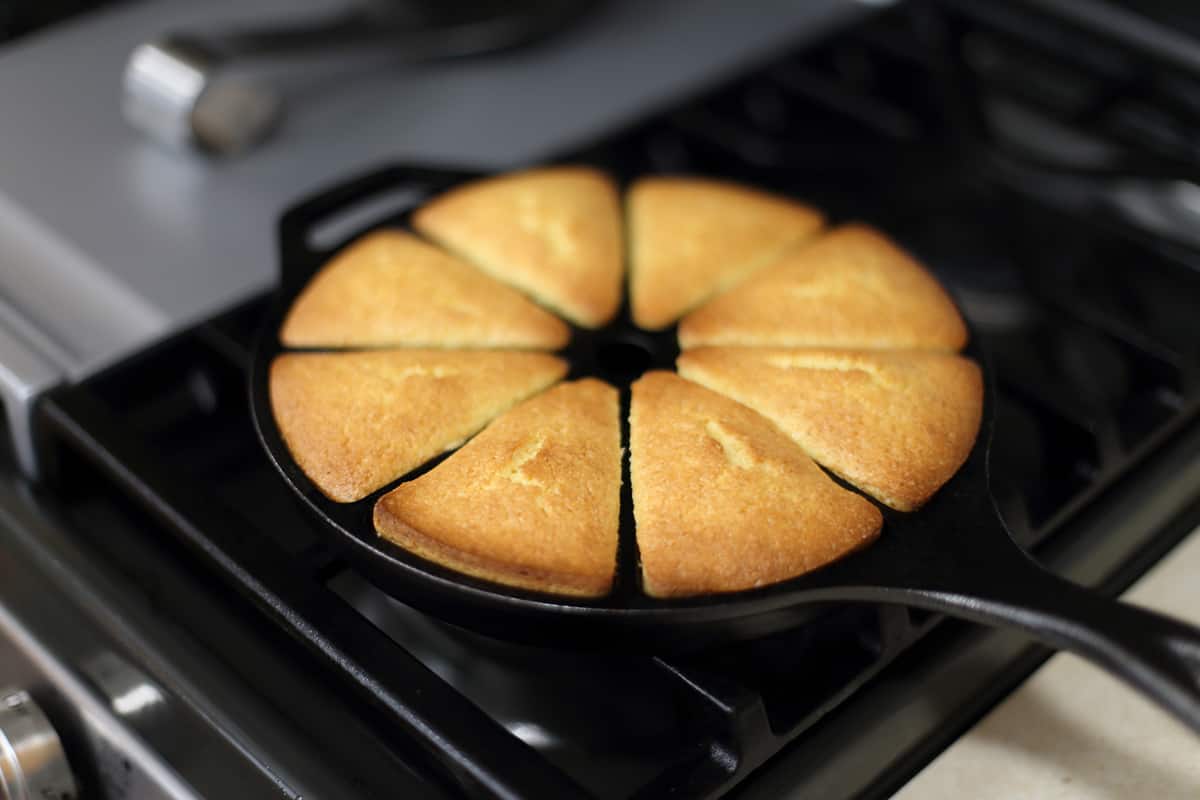
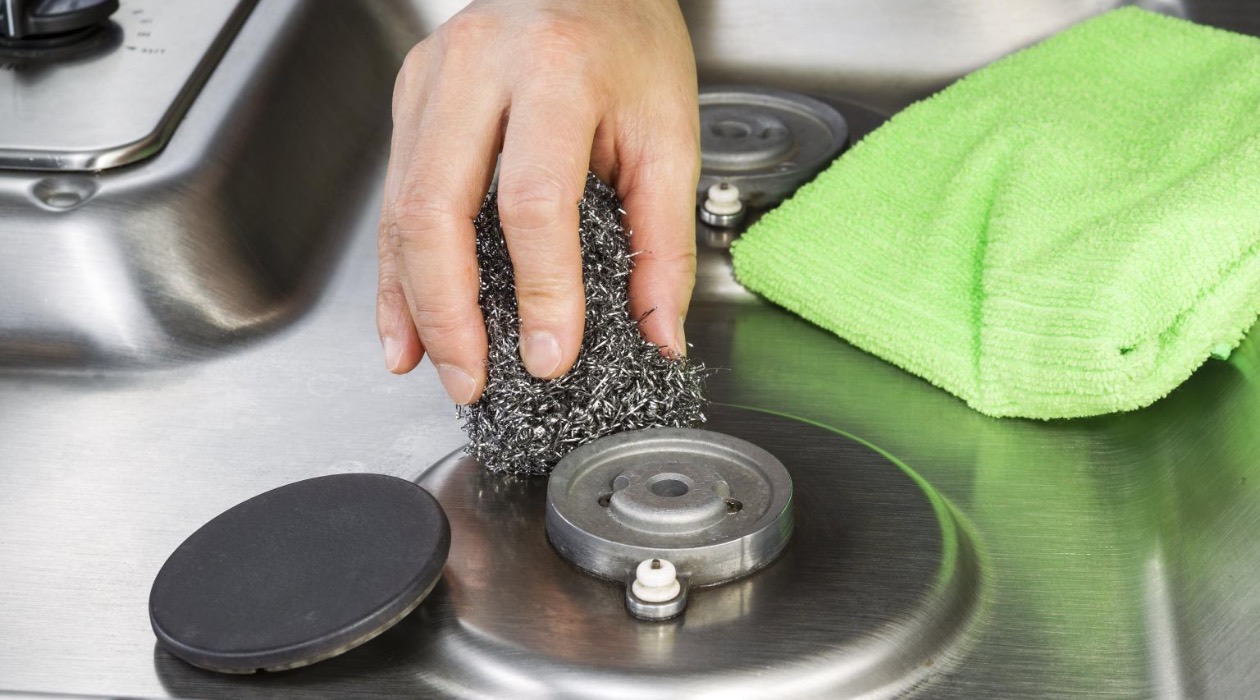
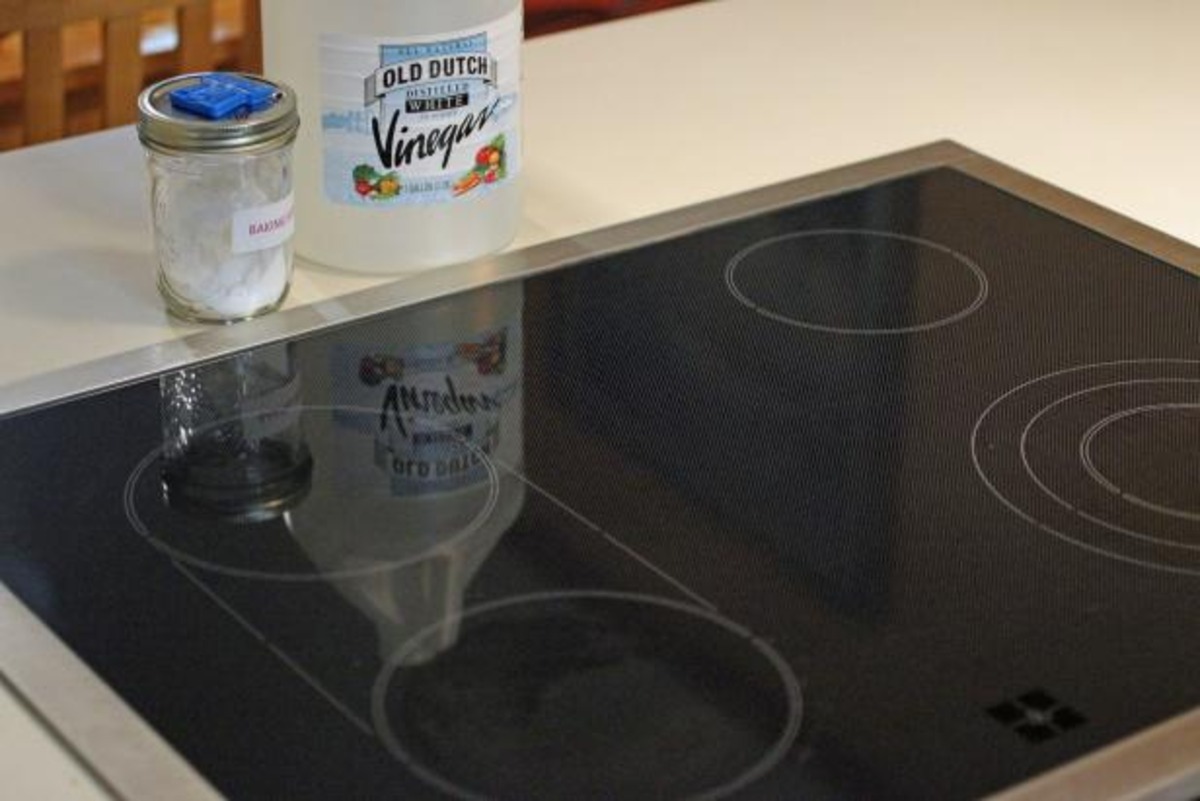





0 thoughts on “How To Put Out Stove Top Fire”